Copper plate printing and offset printing are two distinct methods used in the printing industry. While both techniques serve the purpose of reproducing images onto various surfaces, they differ in terms of process, materials used, and final results. Understanding the differences between these two methods can help you make an informed decision about which option suits your needs best.
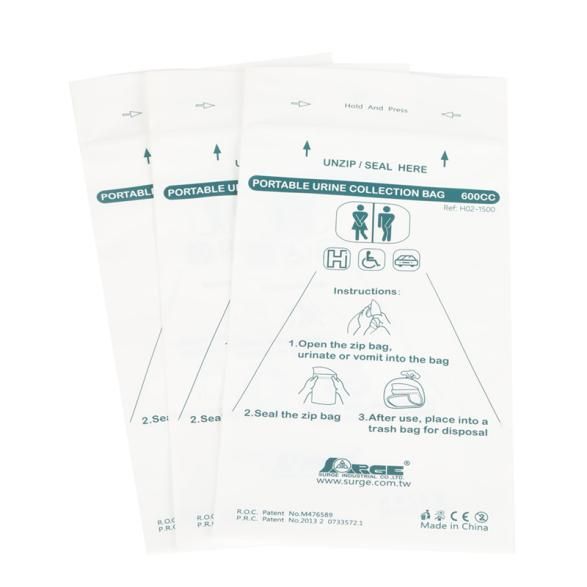
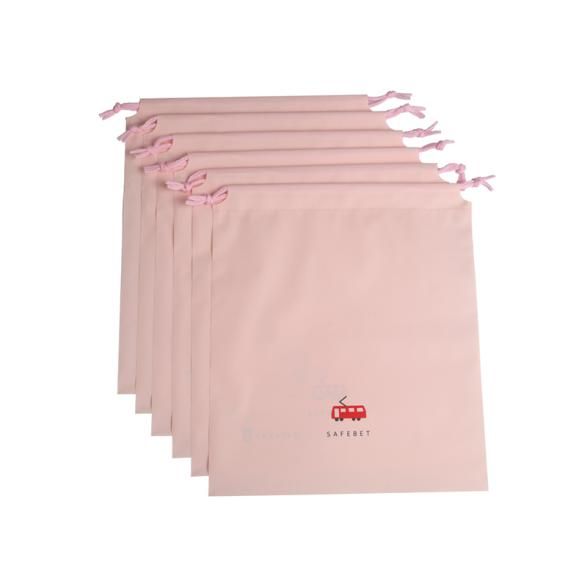
Copper plate printing, also known as intaglio printing or engraving, is a traditional technique that has been used for centuries. It involves etching an image onto a copper plate by hand or using modern technology. The engraved plate is then inked, and the excess ink is wiped away, leaving the image only in the etched depressions. The plate is pressed against a dampened paper, and the image is transferred onto it, resulting in a rich and detailed print. This method is highly regarded for its ability to produce deep, textured, and artistic prints.
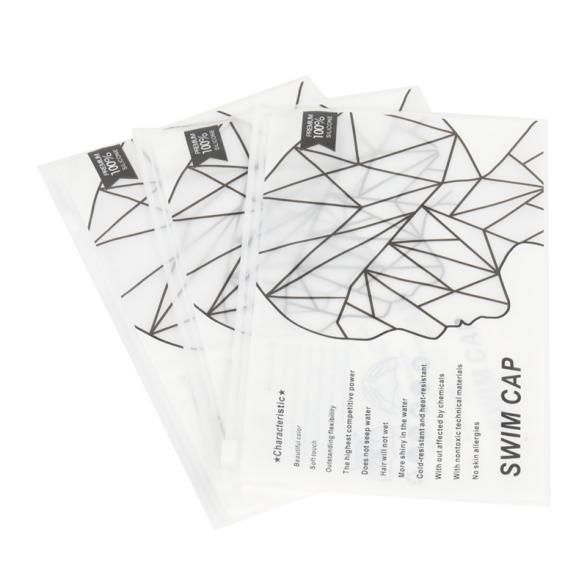
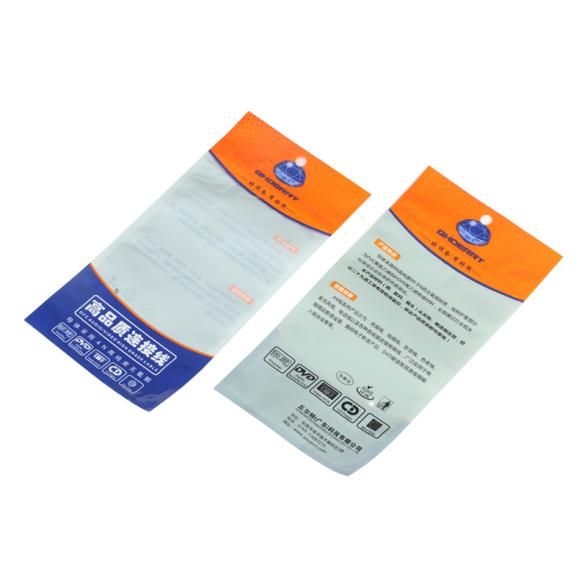
On the other hand, offset printing is a more modern and widely used technique. It involves the transfer of an image from a metal plate onto a rubber blanket, and then onto the desired material, such as paper or cardboard. The image is first etched onto the metal plate using a photochemical process or a computer-to-plate system. The plate is then inked, and the image is transferred onto the rubber blanket. Finally, the image is offset onto the material, resulting in a highly detailed and precise print. Offset printing is known for its ability to produce large quantities of prints quickly and cost-effectively.

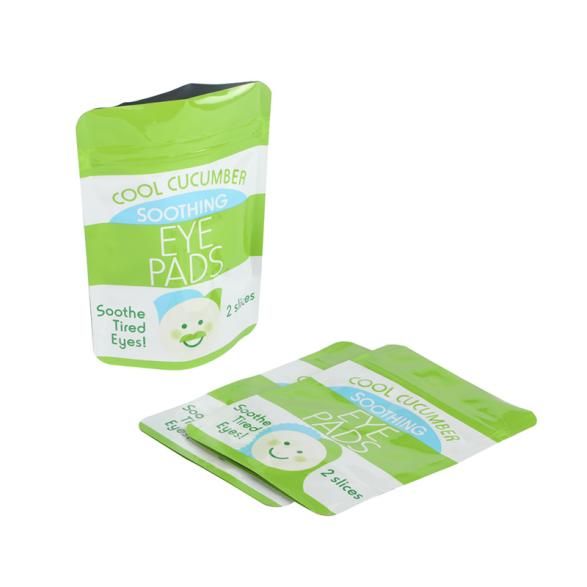
One key difference between copper plate printing and offset printing lies in the materials used. Copper plate printing requires the use of copper plates, which are etched and engraved by hand. This process demands time, skill, and expertise. On the other hand, offset printing relies on metal plates, which can be produced using advanced technologies and automated processes. This makes offset printing a more accessible and economical choice for mass production.
Another significant difference is the type of image each method produces. Copper plate printing excels at creating intricate and artistic prints with rich tonal values and deep textures. It is often favored for high-end publications, fine art prints, and limited edition prints. Offset printing, on the other hand, offers precise, vibrant, and consistent reproductions suitable for commercial printing, such as brochures, posters, and magazines.
In terms of cost, rubber plate printing can save costs, which is suitable for a small number and low printing requirements; The cost of copper plate printing is high, but the effect of printing is perfect, and it is suitable for printing color and pattern requirements.
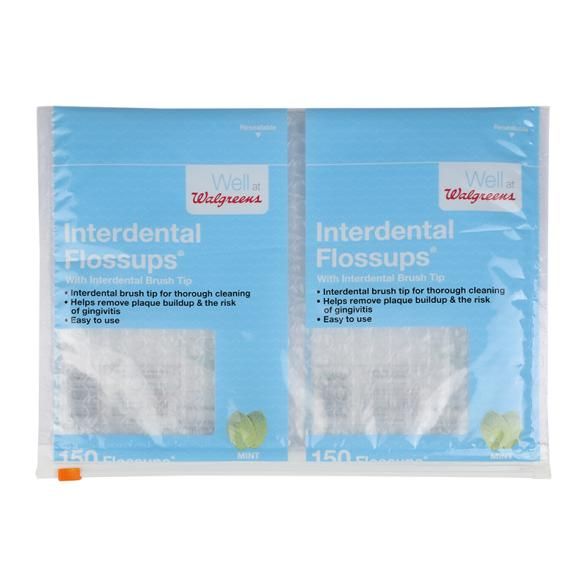

In conclusion, copper plate printing and offset printing are two distinct techniques used in the printing industry, each with its own merits. Copper plate printing is revered for its craftsmanship and ability to create detailed, textured prints. Offset printing, on the other hand, offers fast, cost-effective, and high-quality prints suitable for mass production. By understanding the differences between these methods, you can make an informed decision about which technique best suits your printing needs.
Post time: Sep-16-2023



